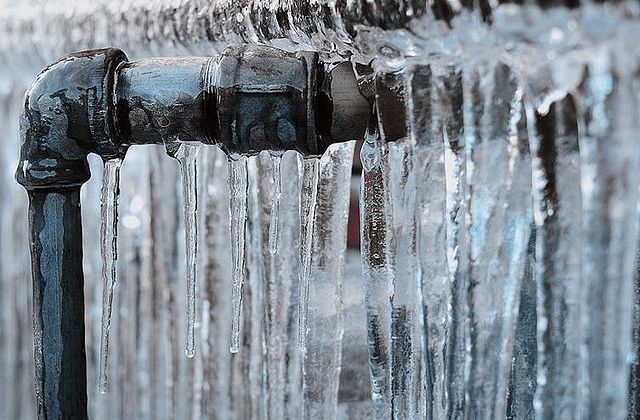How to Defend Pipes from Freezing: Specialist Guidance
How to Defend Pipes from Freezing: Specialist Guidance
Blog Article
How do you really feel in relation to Helpful Tips to Prevent Frozen Pipes this Winter?

Cold weather can wreak havoc on your plumbing, particularly by freezing pipes. Here's how to avoid it from happening and what to do if it does.
Intro
As temperature levels decline, the threat of icy pipelines rises, potentially bring about costly repair work and water damages. Recognizing how to stop frozen pipes is important for homeowners in cold climates.
Comprehending Frozen Pipes
What triggers pipes to freeze?
Pipelines freeze when revealed to temperatures below 32 ° F (0 ° C) for extended durations. As water inside the pipelines freezes, it increases, taxing the pipe wall surfaces and possibly triggering them to break.
Dangers and problems
Icy pipes can result in water disturbances, residential property damage, and costly repairs. Burst pipes can flood homes and create substantial structural damage.
Indicators of Frozen Pipes
Identifying frozen pipes early can avoid them from bursting.
How to identify frozen pipelines
Try to find reduced water circulation from taps, unusual odors or sounds from pipelines, and noticeable frost on exposed pipes.
Avoidance Tips
Shielding prone pipes
Cover pipes in insulation sleeves or use warm tape to protect them from freezing temperatures. Focus on pipelines in unheated or outside locations of the home.
Heating techniques
Maintain indoor areas sufficiently heated up, especially locations with plumbing. Open up cabinet doors to enable warm air to circulate around pipes under sinks.
Protecting Outdoor Pipes
Yard hose pipes and outside taps
Detach and drain yard hose pipes before winter months. Set up frost-proof faucets or cover exterior taps with protected caps.
What to Do If Your Pipes Freeze
Immediate activities to take
If you presume icy pipes, keep faucets open up to soothe pressure as the ice melts. Use a hairdryer or towels soaked in hot water to thaw pipelines gradually.
Long-Term Solutions
Structural adjustments
Think about rerouting pipes far from exterior walls or unheated locations. Add added insulation to attics, cellars, and crawl spaces.
Updating insulation
Buy top quality insulation for pipelines, attics, and wall surfaces. Appropriate insulation helps preserve constant temperatures and decreases the risk of icy pipelines.
Conclusion
Preventing frozen pipes needs positive steps and fast responses. By recognizing the reasons, indicators, and preventive measures, property owners can safeguard their pipes throughout cold weather.
5 Ways to Prevent Frozen Pipes
Drain Outdoor Faucets and Disconnect Hoses
First, close the shut-off valve that controls the flow of water in the pipe to your outdoor faucet. Then, head outside to disconnect and drain your hose and open the outdoor faucet to allow the water to completely drain out of the line. Turn off the faucet when done. Finally, head back to the shut-off valve and drain the remaining water inside the pipe into a bucket or container. Additionally, if you have a home irrigation system, you should consider hiring an expert to clear the system of water each year.
Insulate Pipes
One of the best and most cost-effective methods for preventing frozen water pipes is to wrap your pipes with insulation. This is especially important for areas in your home that aren’t exposed to heat, such as an attic. We suggest using foam sleeves, which can typically be found at your local hardware store.
Keep Heat Running at 65
Your pipes are located inside your walls, and the temperature there is much colder than the rest of the house. To prevent your pipes from freezing, The Insurance Information Institute suggests that you keep your home heated to at least 65 degrees, even when traveling. You may want to invest in smart devices that can keep an eye on the temperature in your home while you’re away.
Leave Water Dripping
Moving water — even a small trickle — can prevent ice from forming inside your pipes. When freezing temps are imminent, start a drip of water from all faucets that serve exposed pipes. Leaving a few faucets running will also help relieve pressure inside the pipes and help prevent a rupture if the water inside freezes.
Open Cupboard Doors
Warm your kitchen and bathroom pipes by opening cupboards and vanities. You should also leave your interior doors ajar to help warm air circulate evenly throughout your home.

As a passionate reader about Winter Plumbing Precautions: Preventing Frozen Pipes, I was thinking sharing that piece of content was sensible. Do you know another person who is very much interested in the topic? Please feel free to share it. Thanks so much for your time spent reading it.
View Website Report this page